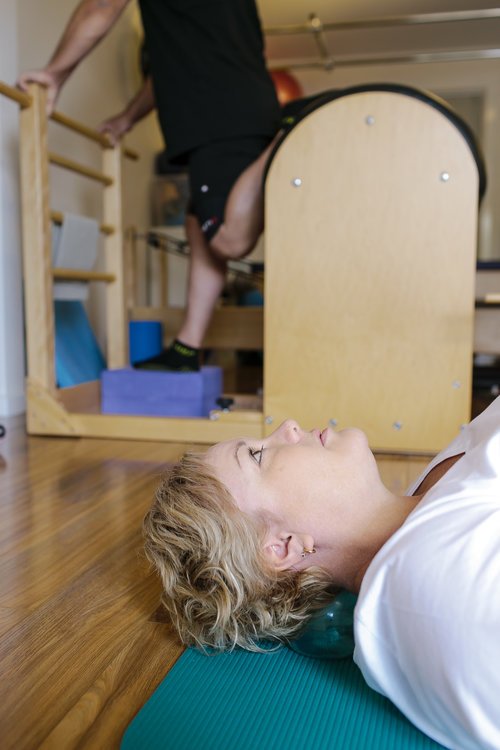Head and neck posture and pain
It seems that pretty much most of us either sit or stand and use a computer, laptop, tablet or smart phone for a large proportion of the day.
The posture of how we sit and stand has a huge role in neck, upper back and shoulder pain. Your head weighs between 4.5kg and 5kg which is actually quite a lot to carry about on top of your neck. But did you know that when your head is just 15 degrees forward, the muscles in your neck and upper back have to work as if your head weighed 12kg, this work loaded increases for every degree forward. For 30 degrees forward your head becomes 18 kg, and for 60 degrees forward which is not unusual for some people using a smart phone, your neck and upper back muscles have to work as if your head weighs an enormous 27 kg.
This also applies if you work where you cradle your phone between your shoulder and neck. The muscles on the opposite side of your neck and upper back have to work as much as 2-3 times harder than if your neck was in more upright neutral position. This is easily solved with a telephone headset.
In time this poor posture will cause pain with this imbalance in muscle work. Certain muscles will short and tighten, and other muscles will lengthen and weaken and your posture changes. This new posture will also cause the mid back and lower back to tighten as the upper body is drawn forward.
To help with preventing neck and upper back pain, try to be aware of your posture and be as upright as possible. With a phone bring your arm up rather than your head forward and down. If using a tablet, either prop it using its cover support or against something. For a laptop where the screen is quite low, consider using a separate keyboard and have the screen higher, ideally at eye level. Most importantly don’t stay in the one position for too long, ideally at least every 20 minutes move, walk around, stand up, stretch back the arms and the head.
At Ranges Pilates studio we work to improve your overall posture by releasing the short, tight muscles and strengthening the muscles which have become lengthened and weak. We look at the entire body and not just where there is pain. Improving the strength of the deep abdominals, deep spinal stabilisers and pelvic floor helps the body sit or stand in good postural alignment. Opening out the chest muscles makes it easier for the shoulders and upper back to stay in position. Strengthen the mid back, deep shoulder stabilisers also help maintain the more ideal posture. With better posture you should have less pain and Pilates is a great to achieve this.

